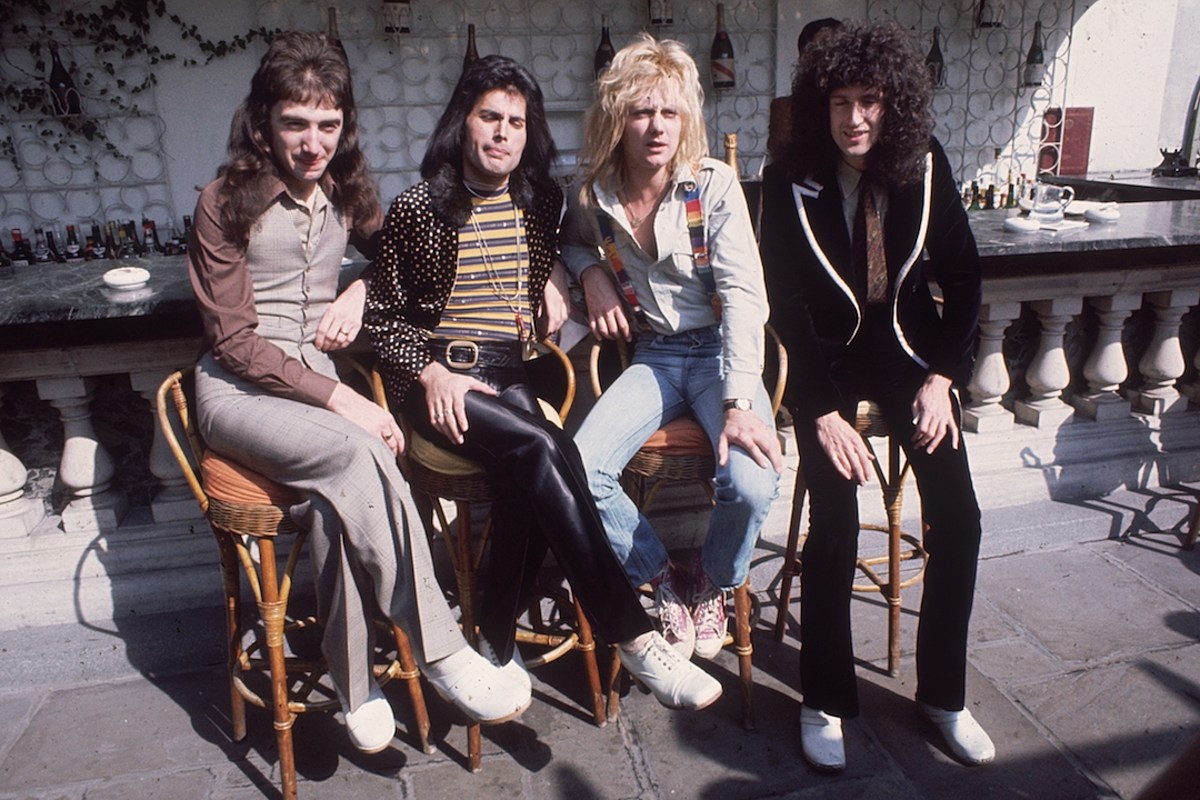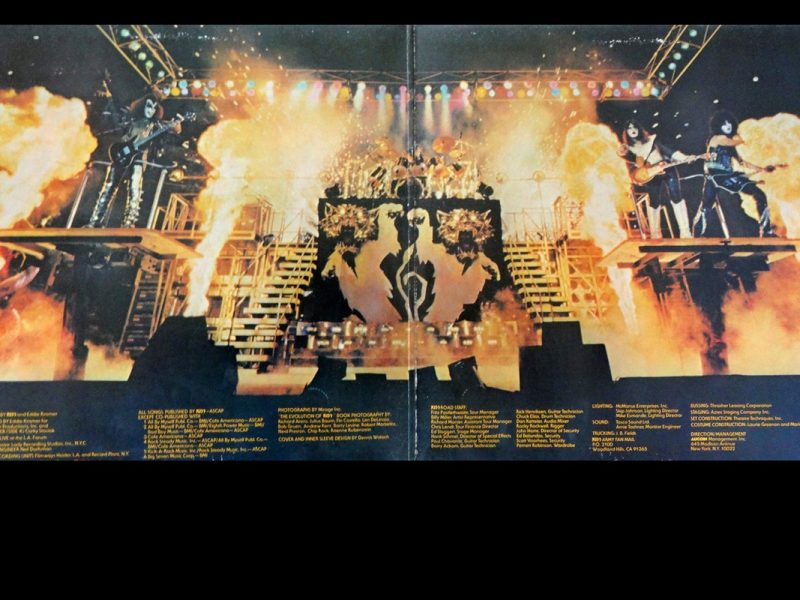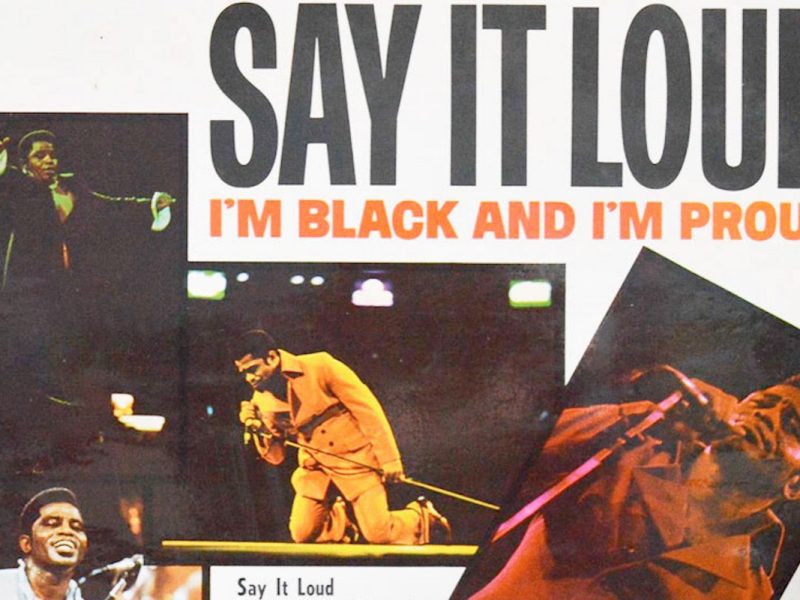Queen unleashed their fourth studio album, A Night at the Opera, on Nov. 21, 1975, and were transformed from fast rising stars into a household name. With the luxury of considering Queen’s entire career in hindsight, there’s little doubt that A Night at the Opera is the group’s ultimate tour de force.
Their other albums can’t paint as comprehensive, awe-inspiring and definitive a picture of what Queen stood for and accomplished quite like A Night at the Opera did. Even the group’s similarly eclectic and ambitious third LP, Sheer Heart Attack, was ultimately aspiring to what A Night at the Opera became – just as every Queen LP in its wake attempted to replicate its magic, if not always its every unpredictable move.
They had been sparked to new heights by singer/pianist Freddie Mercury’s work on “Bohemian Rhapsody,” which began over the summer and wound up dominating recording sessions helmed, as always up that point, by producer Roy Thomas Baker.
Once ensconced at their familiar Trident Studios stomping grounds, Mercury, guitarist Brian May, bassist John Deacon and drummer Roger Taylor cast their inhibitions to the four winds and concocted some of the most outrageous music ever to qualify as classic rock.
For Mercury, this entailed completing his magnum opus, but also funneling an exorbitant amount of rage into A Night at the Opera‘s great white shark of an opener, “Death on Two Legs (Dedicated To … ),” then just as much campy mirth into the silly (but oh-so detailed in construction) “Lazing on a Sunday Afternoon” and “Seaside Rendezvous,” and culminating in the angelic “Love of My Life.”
Watch Queen’s ‘Bohemian Rhapsody’ Video
For May, that newfound and unrestrained creative license manifested itself in a mutation of skiffle and science fiction called “’39,” a no-holds-barred head-banger called “Sweet Lady,” the epic and mystical art rock of “Prophet Song” and, not to be underestimated, the sublimely orchestrated, guitars-as-Dixieland-jazz-band arrangement that he wrung out of his famous Red Special guitar for “Good Company.”
While drummer Roger Taylor delivered the tongue-in-cheek hard rock of “I’m in Love With My Car,” bassist John Deacon confirmed his role as Queen’s secret weapon with the Top 10 single, “You’re My Best Friend.” Taking all their efforts in unison, it’s no great stretch to assert that no other rock group, short of the Beatles, ever comprised such uniquely and individually talented songwriters/players within their ranks.
When A Night at the Opera was in the can, Queen and EMI could boast it was the most expensive album ever made to the critics who assembled for an advance listening party at London’s Roundhouse. By then, the six-minute-long “Bohemian Rhapsody” was, against all reasonable radio precedence, already shooting up the charts toward No. 1. That was followed by other singles from Queen’s new album over the ensuing months, as the band hit the road.
The year brought a sequel of sorts with A Day at the Races. But Queen’s fifth LP typically bucked expectations with a new suite of wildly diverse songs, never aping the experiments that preceded them so much as seeking to keep the roller coaster ride going with brand new ideas. This M.O. would indeed dominate much of Queen’s ensuing, continually remarkable career, but A Night of the Opera would always stand as their grandest career benchmark, and deservedly so.
Rock Stars Who Walked Away and Never Looked Back
Sometimes you’ve just got to move on.
Gallery Credit: UCR Staff
You Think You Know Queen?



